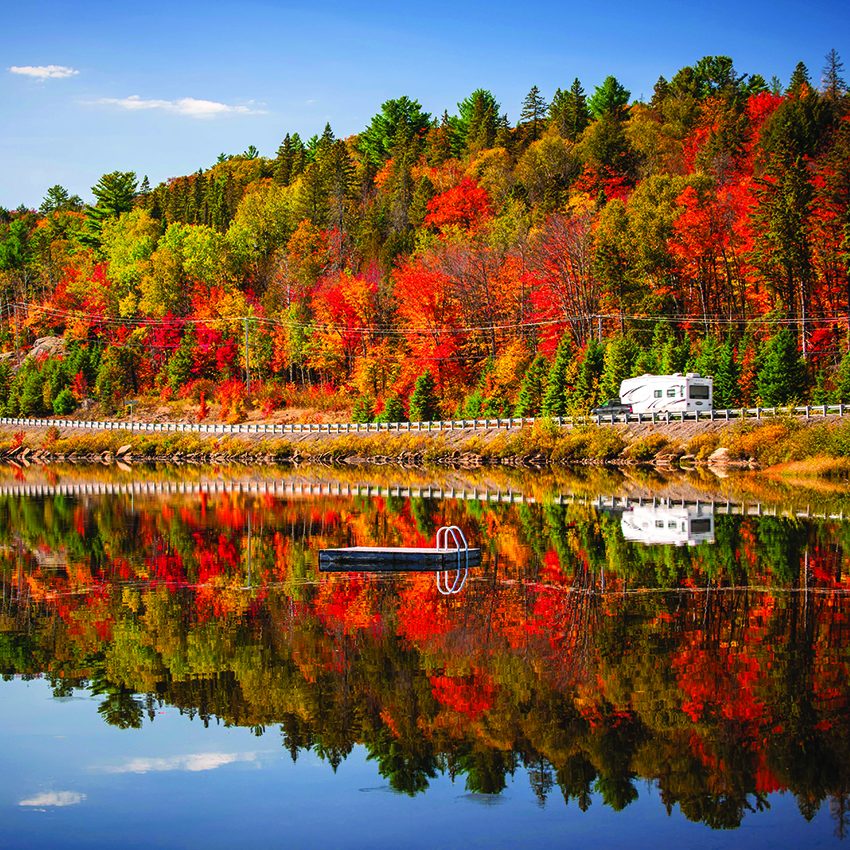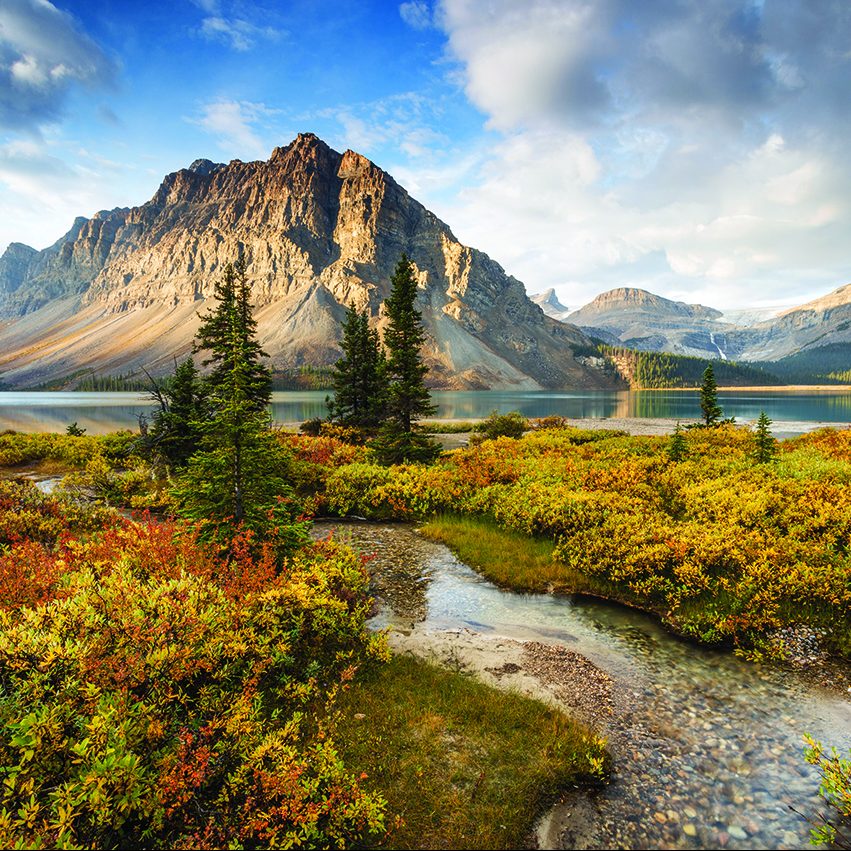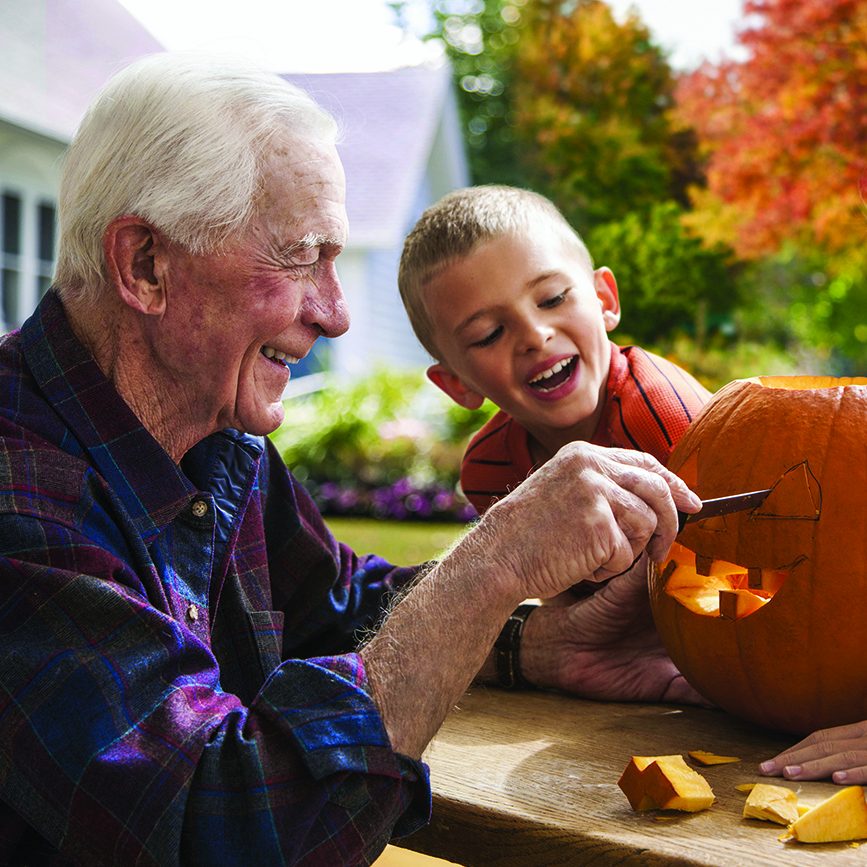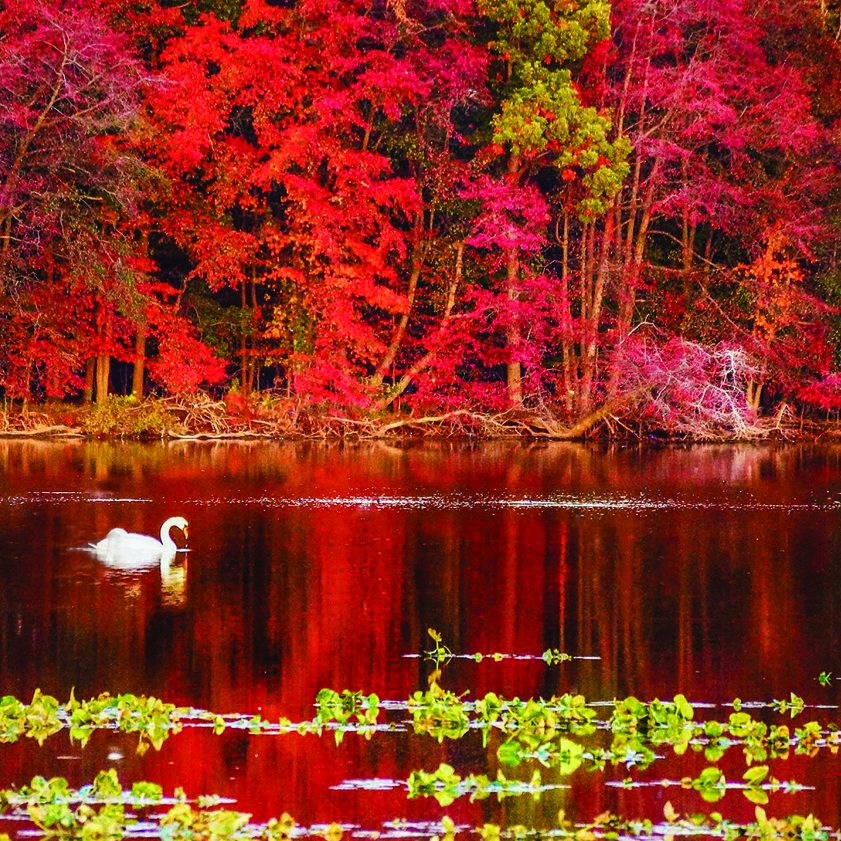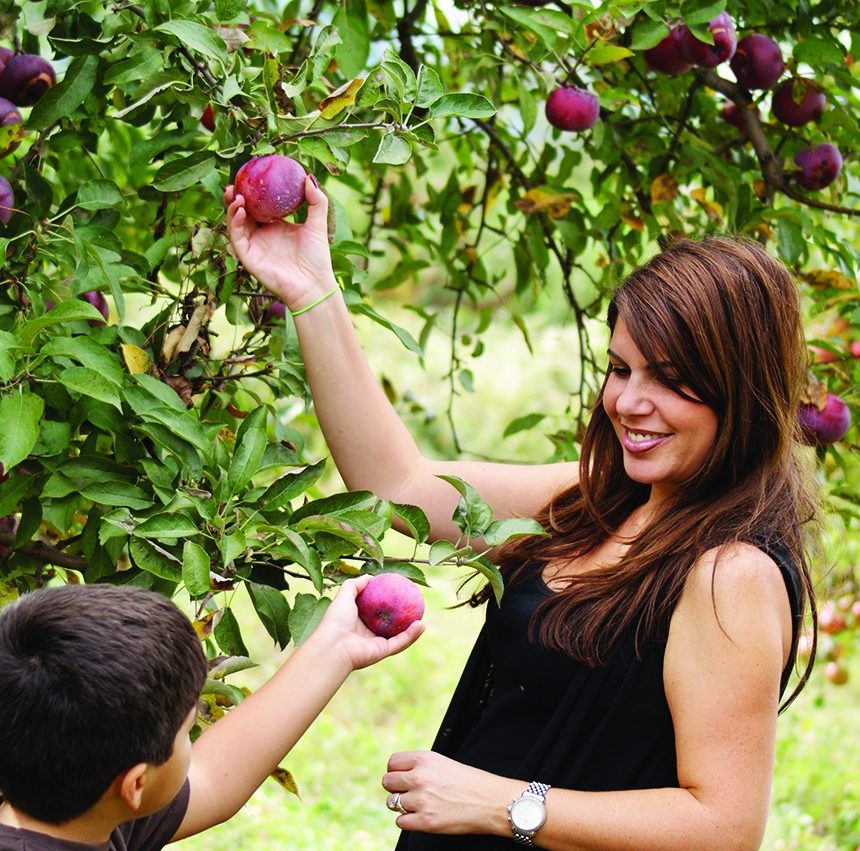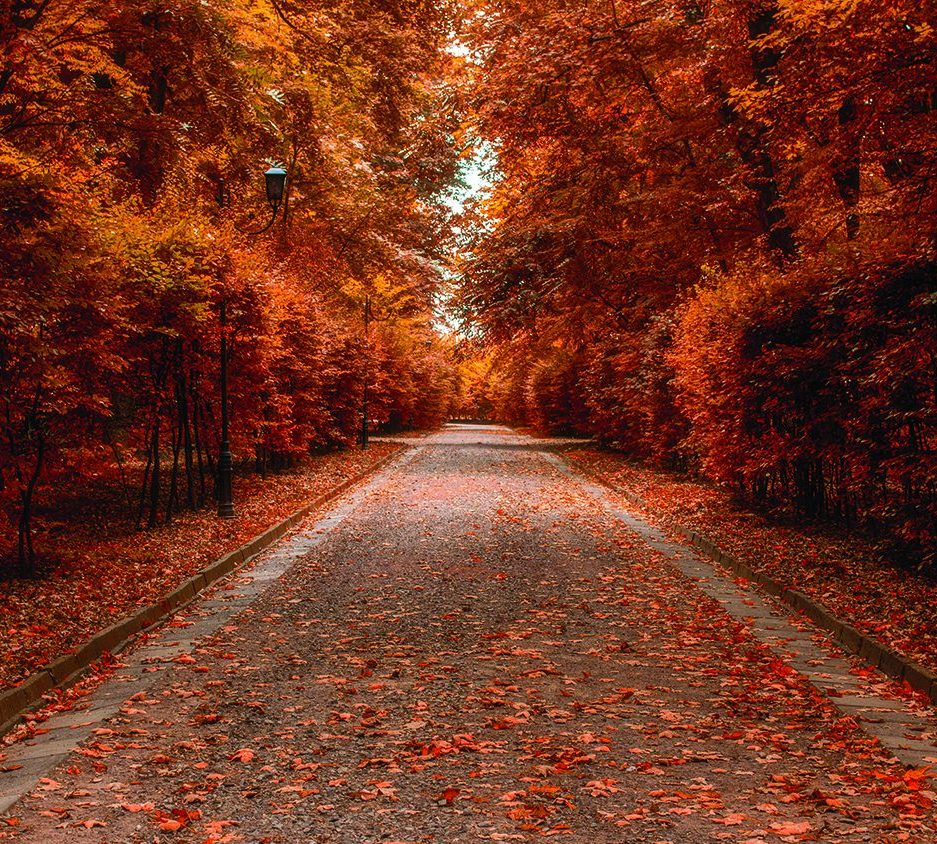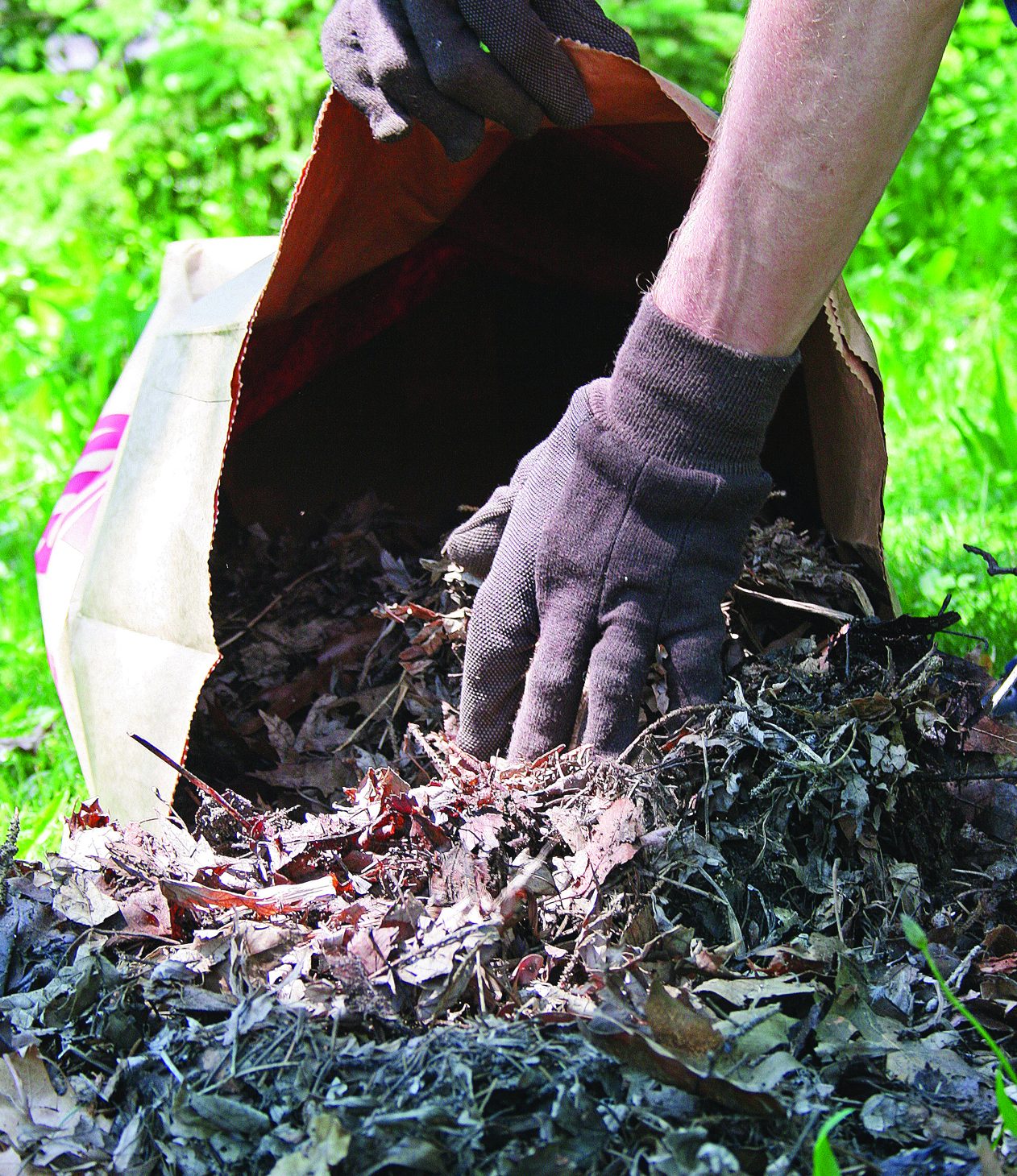Drive through a suburban neighborhood in October and it’s likely you will find yards filled with inflatable witches, animatronic grim reapers and makeshift graveyards bearing witty sayings on tombstone and bony hands reaching out from the soil. Decorating for Halloween has become big business, with consumers spending a collective $10.6 billion in this category in the United States in 2022, according to a survey conducted by Prosper Insights & Analytics and the National Retail Federation. In fact, decorations, particularly outdoor decorations, were the second most popular way to celebrate Halloween (candy still reigns supreme).
According to research by LombardoHome.com, which looked at Google searches across the country, Las Vegas, Denver, Baltimore, Portland, Oregon, and Seattle were the top five cities that searched the most for Halloween decorations on average per capita. Carved pumpkins, skeletons and witch cauldrons topped the list of preferred Halloween decorations in America.
Halloween is an opportunity to pull out all the stops for this fun fall celebration. The following tips can help to turn any home into a Halloween haunt to remember.
Decide On A Theme
Most people fall into one of two camps when decorating for Halloween. There are those who want their homes to be frightening and full of horrific details, and others who prefer more of a fall harvest look. Identify your preferences and then gather decorative items accordingly.
Shop Early/Late
Ideally, the best time to buy Halloween decorations is the day after the holiday when prices get slashed (pun intended). This is the time to stock up on items for next year. You can save anywhere from 50 to 70 percent when buying late in the season. For those who need new items for this year’s Halloween, close-out retailers like HomeGoods and TJ Maxx start putting out Halloween products in the middle of summer. Stock up as soon as you see items, as they’re not likely to remain on shelves for long. By the time October rolls around, decorations may be gone.
Subtle Touches Can Work
Though some people just love covering every square foot of a property with all things Halloween, it’s also possible to make a big impact with minimal effort. Lighting, or lack thereof, can create a spooky atmosphere. Swap existing porch lights with yellow or even black lights so everything glows. Candles flickering can add mystery. Place some battery-powered or electric candles in windows for an eerie feel. Swap out your typical curtains with purple or black ones to drape the house in even more spooky appeal.
Wait On The Carved Pumpkins
Halloween seldom is complete without jack-o’-lanterns. But pumpkins often begin to degrade shortly after they’re first carved. Use artificial pumpkins if you plan to decorate early; otherwise, wait until a day or two before Halloween to add freshly carved pumpkins to the Halloween scape. Children can come up with the design, but ensure only adults cut into the pumpkins.
Homeowners can quickly and easily transform their homes into spooky haunts this Halloween.


